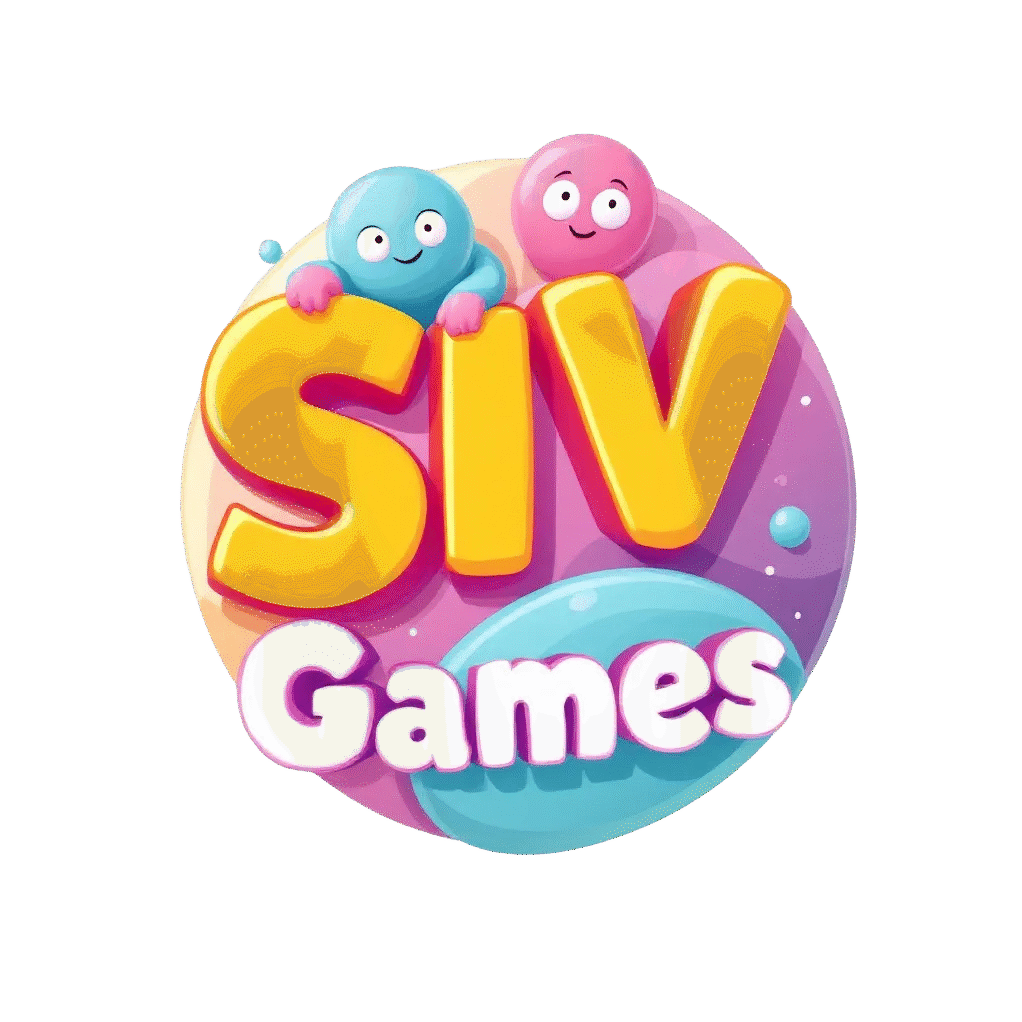## Introduction
As we step deeper into 2025, the game development industry continues to evolve at an unprecedented pace. Emerging tools, technologies, and design philosophies are reshaping how games are conceptualized, built, and experienced. Whether you’re an indie developer, AAA studio executive, or simply a gaming enthusiast, staying ahead of these trends is critical for long-term success and relevancy.
In this post, we explore the most impactful game development trends of 2025, highlighting key innovations, industry shifts, and the tools empowering creators to push boundaries like never before.
—
## 1. The Rise of Generative AI in Game Design
Generative AI has quickly moved from experimental to essential in the modern game development pipeline. Studios are now using AI not just to automate procedural content, but also to assist in:
– **Level Design**: Tools like Inworld and Scenario are being used to generate environments, dialogues, and even lore content with minimal human input.
– **Asset Creation**: AI-generated 3D models, textures, and soundscapes are cutting down development times significantly.
– **NPC Behavior Modeling**: Advanced LLMs (Large Language Models) allow for dynamic, realistic NPC conversations, enhancing immersion and replayability.
### Key Insight:
AI is not replacing human creativity—it’s amplifying it. Developers who learn to integrate AI into their workflow gain a competitive edge in both creativity and scalability.
—
## 2. Cross-Platform, Cross-Reality Development is Standard
2025 marks a turning point where players expect games to seamlessly work across multiple platforms—from mobile to PC to VR/AR. Engines like Unreal Engine 5.3 and Unity 2025 LTS are streamlining cross-platform development, with built-in support for:
– Augmented Reality overlays on mobile and smart glasses
– VR accessibility in traditional PC and console titles
– Cloud-based game instances that can be transferred across devices
### Development Focus:
Studios must prioritize modular design and UI flexibility to adapt content for various input schemes and performance capabilities.
—
## 3. Web3 Gaming Moves from Hype to Infrastructure
After the boom-and-bust cycles of previous years, blockchain gaming is finally finding practical, user-friendly implementations. In 2025, blockchain is being used to:
– Verify achievements and ownership across multiplayer ecosystems
– Support secondary markets without pay-to-win mechanics
– Enable persistent digital identities and inventories across games
Projects like Immutable X and Beam have become standards for secure and scalable Web3 ecosystems integrated into gaming backends without sacrificing player experience.
### Pro Tip:
Skepticism remains, so transparency and opt-in systems are key. Avoid unnecessary crypto jargon and focus on how these systems enhance gameplay.
—
## 4. Sustainable Game Development
Players are increasingly drawn to studios that demonstrate ethical and sustainable practices. In response, dev teams are optimizing their pipelines and energy usage:
– Cloud-native CI/CD tools reduce the carbon footprint by using shared, scalable resources
– Procedural systems lower asset bottlenecks, reducing crunch
– Carbon-offsetting initiatives are becoming standard in AAA and mid-tier studios
### Actionable Idea:
Highlight sustainability as part of your studio’s identity. Open-source your eco-friendly tools and explore collectives focused on green game dev.
—
## 5. Hyper-Responsive Community Integration
Modern gamers demand more interaction than periodic patch notes. In 2025, successful studios are embedding community feedback loops directly into their games and workflows:
– In-game telemetrics allowing players to vote on upcoming features
– Real-time Discord and social feedback integration
– Agile narrative deployment that adjusts based on player behavior
### Platform Watch:
Tools like mod.io and Overwolf continue to evolve how user-generated content is managed and monetized responsibly within games.
—
## 6. Accessibility is Not Optional
With growing awareness around inclusive design, accessibility has become a core pillar of development rather than an afterthought. Expect every major release in 2025 to include:
– Configurable sensory profiles (colorblind modes, haptic tuning, etc.)
– Adaptive control mapping with AI-guided presets
– Dynamic difficulty and game pacing settings based on real-time player feedback
### Studio Goal:
Adopt the GDAA’s (Game Developers Accessibility Alliance) 2025 framework, which encapsulates both hardware and software inclusivity best practices.
—
## Conclusion: Future-Proofing Your Studio
2025 is not the year for passive observation in game development. This is the year to innovate boldly, iterate efficiently, and integrate emerging trends into your production culture. Tools are smarter, communities are more involved, and the definition of “gaming” is being rewritten across platforms and realities.
If your team embraces the tech and ethics driving this new era, you won’t just survive the shift—you’ll lead it.
### Stay Connected
Looking to stay ahead of the curve? Subscribe to our newsletter for quarterly insights, dev toolkit reviews, and trend reports curated for next-generation game creators.
—
**Keywords:** Game dev trends 2025, generative AI in games, Web3 gaming infrastructure, cross-platform game development, sustainable game design, gaming community engagement, inclusive game design, Unreal 5.3 gaming tools, Unity 2025 LTS features.
**Reading Time:** ~7 minutes

